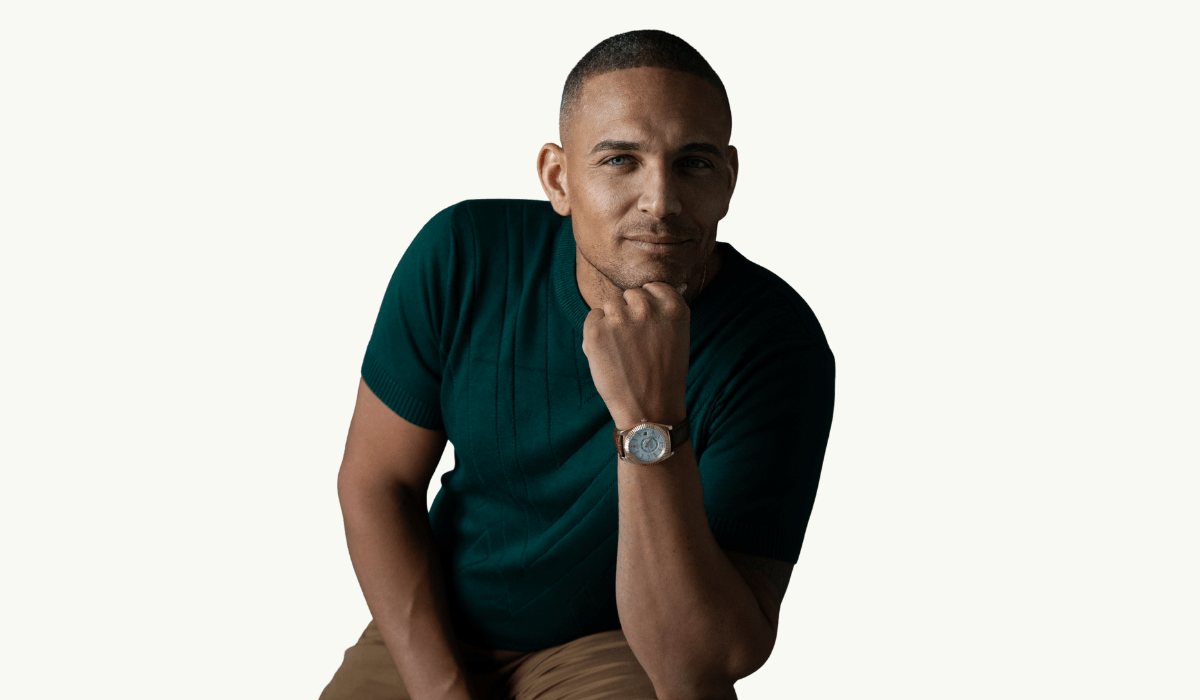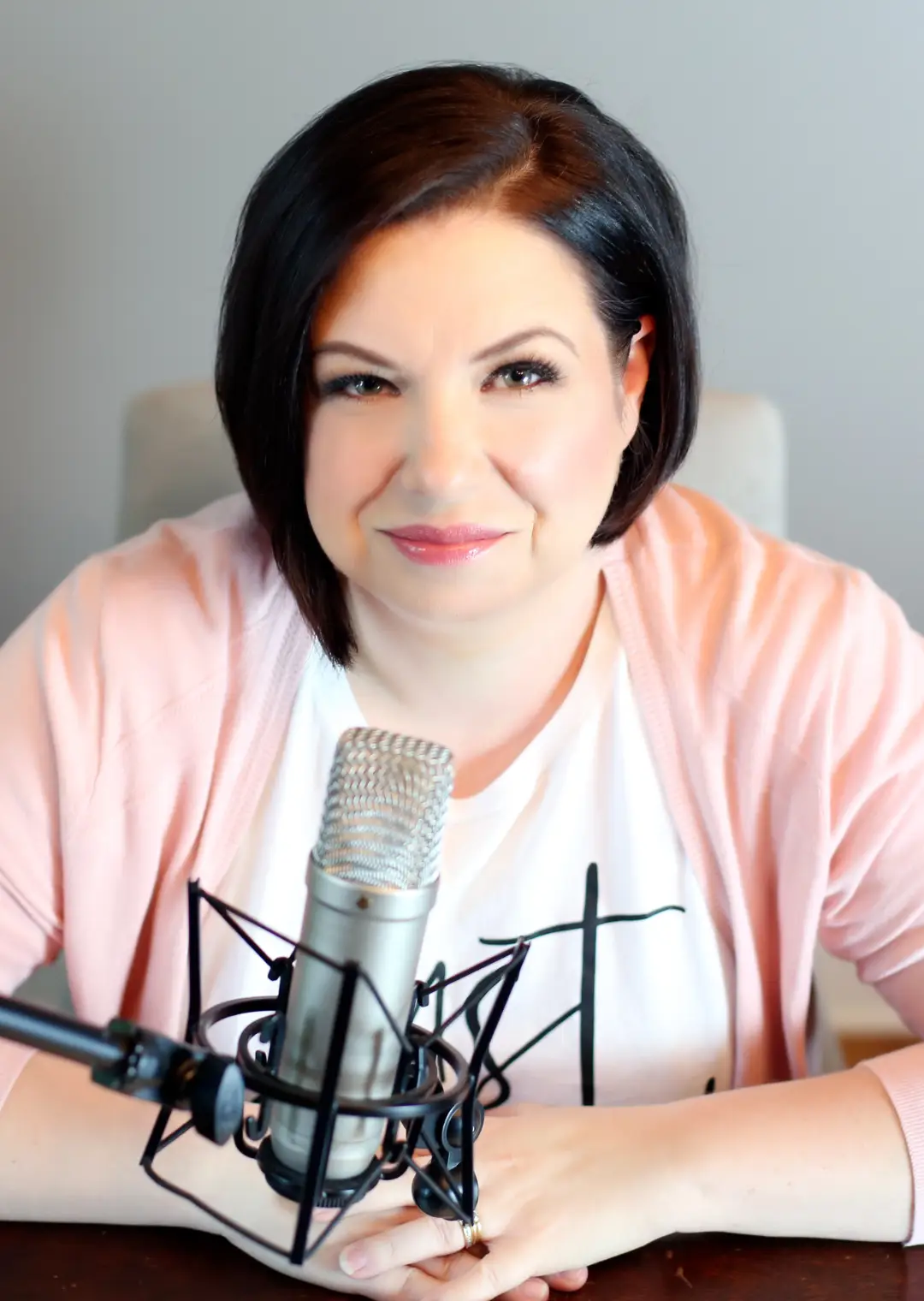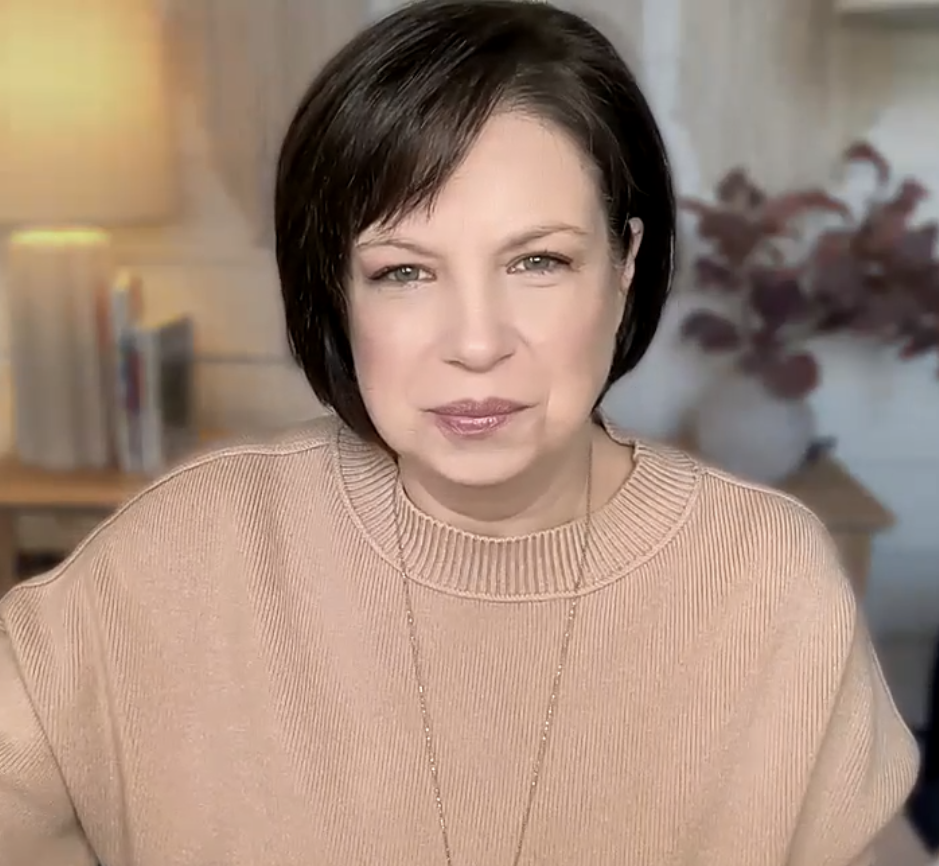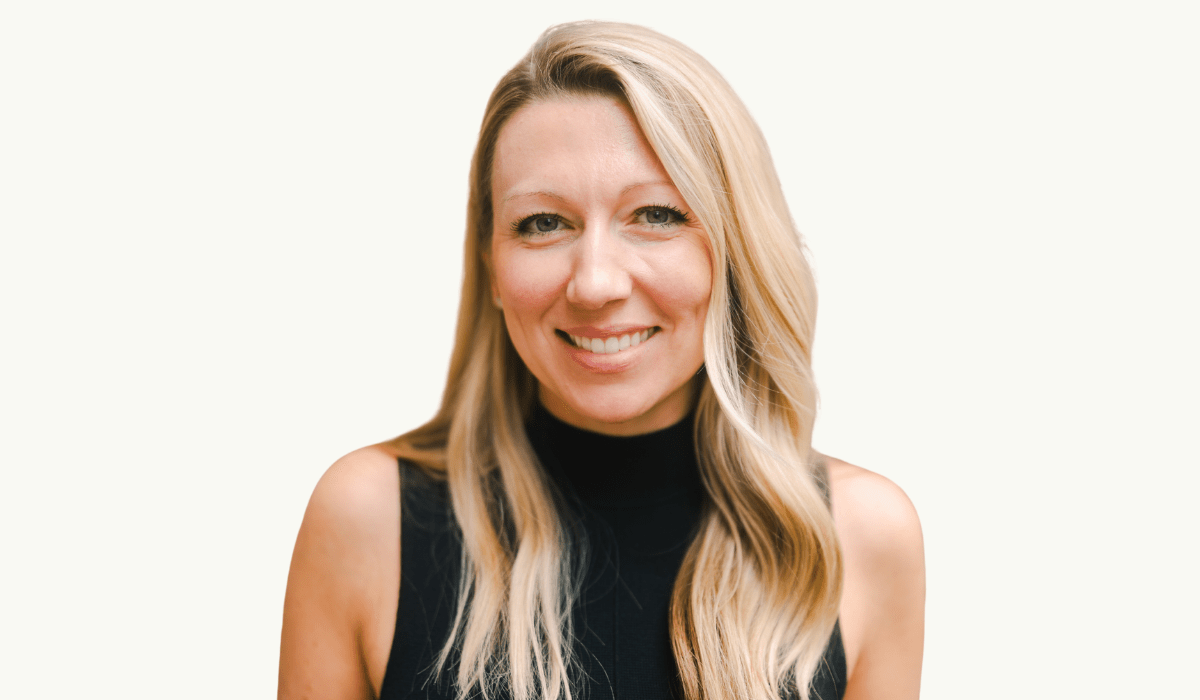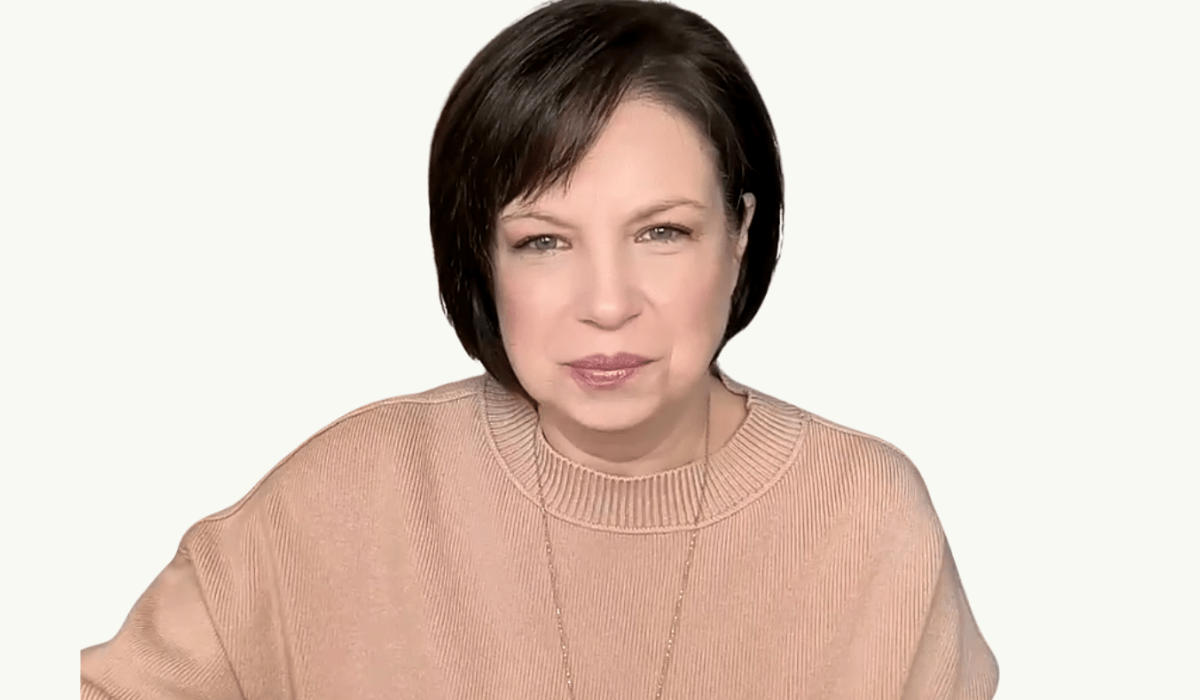I used to think breathwork was just hippie-dippy fluff. One of those things that sounded like magic but didn’t really doanything. Then I learned how wrong I was, and that my body had been holding onto years of stress in silence.
That’s the thing about parenting neurodivergent kids. We carry so much. The worry, the unpredictability, the deep desire to do right by our kids while constantly second-guessing ourselves. It gets stored in our bellies, our hips, our breath. And without even realizing it, we stop breathing deeply. We stop feeling fully. We get stuck in survival mode.
Enter Kurtis Lee Thomas, a breathwork facilitator with a gift for making the science of regulation accessible and deeply human. What he shared in our conversation reoriented how I think about the body, the nervous system, and the healing power of something as simple as a deep sigh.
Here’s what I learned: Breathwork isn’t just a tool — it’s the foundation for emotional safety. It’s a direct line to the parasympathetic nervous system: that calm, connected state we’re always trying to help our kids find. And it doesn’t take 20 minutes a day or a fancy routine. Just two minutes of box breathing. A sigh as you walk through a doorway. A straw in your pocket, ready to slow your exhale and remind your body: you’re safe.
Kurtis talked about how our culture teaches us to suppress emotions, especially the messy ones. But those feelings don’t just disappear when we stuff them down. They show up in our kids' behavior. They simmer in our own reactivity. Breathwork, he says, is how we release those pent-up emotions. It’s emotional detox.
Kids can NOT self-regulate if the adults around them aren’t modeling it. Our kids are watching — not just what we say, but how we breathe when things get hard. Breathwork isn’t about being perfect. It’s about showing up in the hard moments with tools that actually help.
I walked away from this conversation re-inspired to lean into the simple things that make the biggest difference. And I hope you do too. Not just for your kids — but for you.


